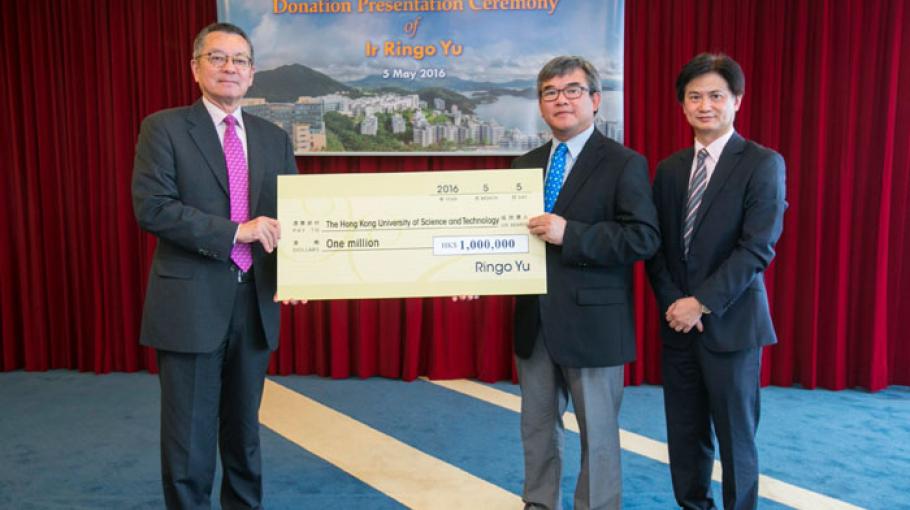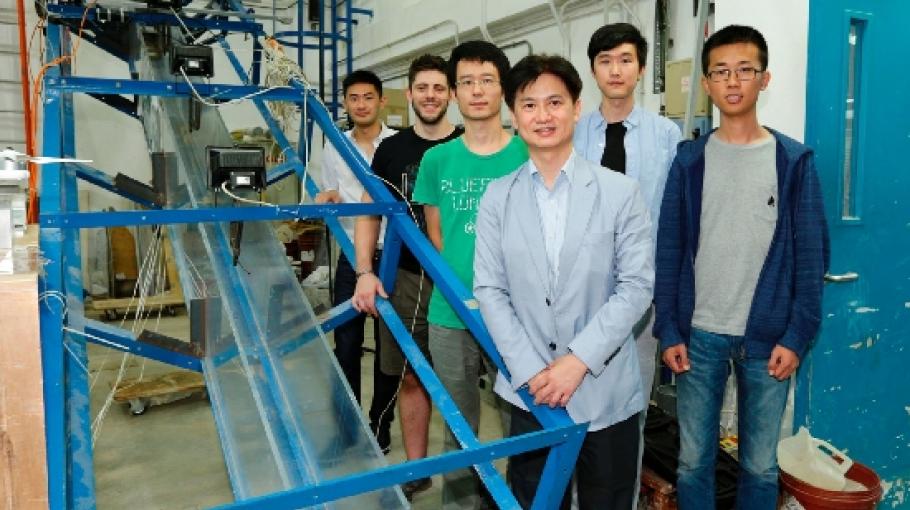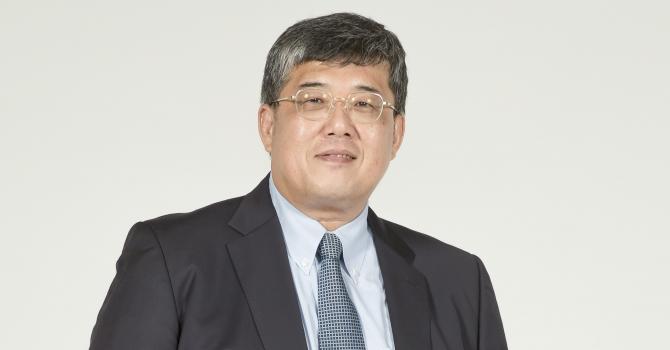HKUST Leads Research Project to Mitigate the Risks and Damage of Landslides in Hong Kong
The Hong Kong University of Science and Technology (HKUST) is leading a multi-disciplinary team comprising engineers, computer scientists, environmental scientists and ecologists from various universities and institutions, to study the mechanism of debris flow in efforts to mitigate the risks and damage of landslides in Hong Kong.
The research was not only one of the five winning projects of the theme-based research scheme 2015-16 by the Research Grants Council of Hong Kong, it also gained support from the Institute of Mountain Hazards and Environment under the Chinese Academy of Sciences and donation from the public to build a world-leading 120m long debris-barrier interaction testing facility for the project. The Institute will contribute RMB 10 million for this facility, while Mr Ringo Yu, Managing Director of Fraser Construction Company and former Geotechnical Division Chairman of the Hong Kong Institution of Engineers, recently donated HK$1 million for the project, with a matching fund from HKUST.
Prof Charles Ng, Associate Vice-President (Research and Graduate Studies), Chair Professor of Civil and Environmental Engineering at HKUST and Principal Investigator of this project, said the risk of natural terrain landslides in Hong Kong is increasing due to urban encroachment on steep natural hillsides and more frequent extreme weather events due to climate changes.
“Hong Kong’s steep slopes, heavy rainfall, dense population and high land costs have posed challenges to conventional and empirically-based slope protective measures. To prevent the disruptions caused by a massive landslide in Lantau back in 2008, which paralyzed the only vehicular access to the airport by 16 hours, we need novel, safe and economical solution to address the issues,” Prof Ng said.
The project seeks to tackle Hong Kong’s special situation with a holistic approach, it comprises three key areas: 1) Develop a novel 3D imaging system with unmanned aerial vehicle to capture high-resolution images for analyzing debris mobility and impacts on barriers; 2) Simulate debris flow using a state-of-the-art geotechnical centrifuge, a newly constructed large-scale in-situ flume and a novel numerical model to investigate the flow’s mechanism and impacts on barriers; and 3) Develop a new multiple and flexible barrier system to mitigate the risk of landslides.
The project will not only bring about a new solution for landslides, but will also enhance cost-effectiveness and make slope maintenance and remediation works safer and more eco-friendly. The new method is set to have impact on both local and international practices, not only in Hong Kong but also other parts of the world, where debris flow is a constant threat. A better understanding of particulate flow will also help prevent and mitigate the risks posed by snow avalanches, submarine landslides, mine tailing dams and even food processing.



